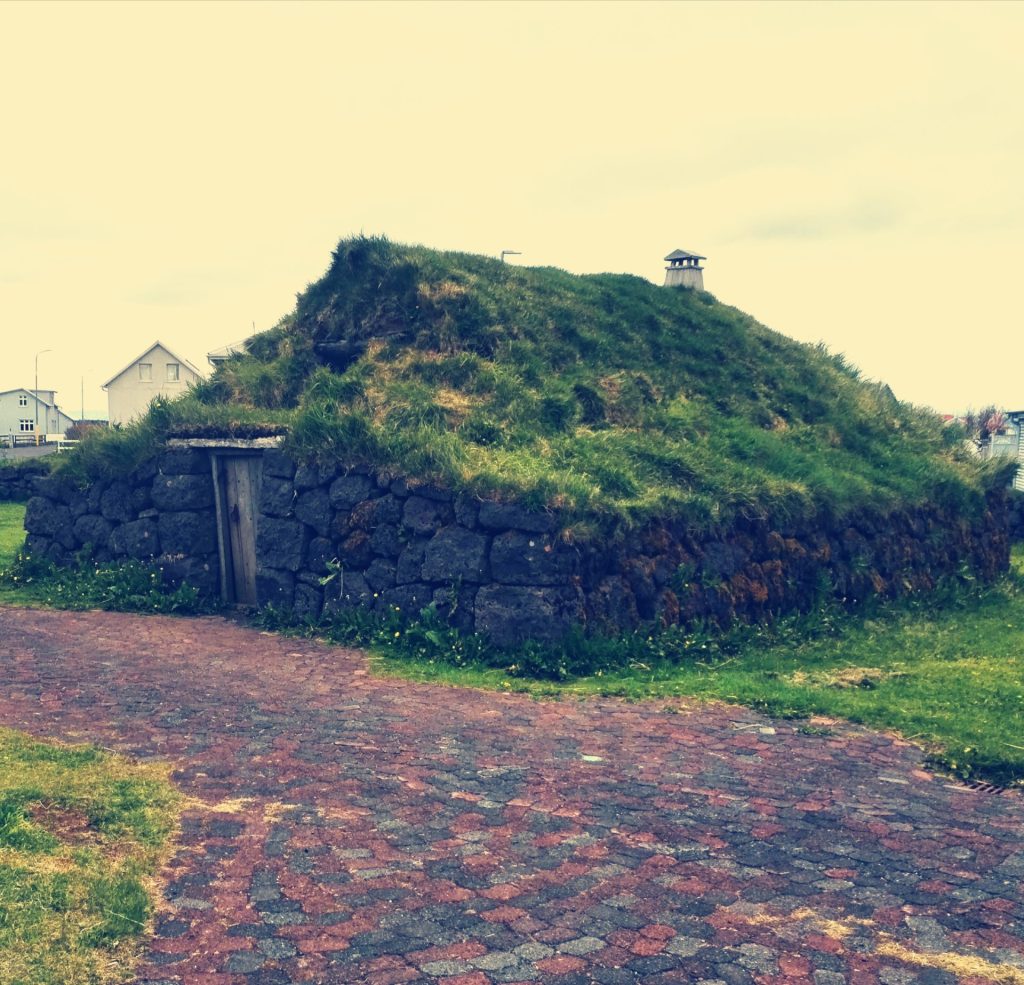In 2025, Keldnakirkja (Keldna Church) in Keldur celebrates the 150th anniversary of its original church, built in 1875. This remarkable site in Iceland combines religious, literary, and architectural heritage, making it one of the most historically significant locations in southern Iceland. Keldur is renowned for its well-preserved turf houses, rare examples of traditional Icelandic construction, and is recognized as part of the UNESCO World Heritage.
History of Keldnakirkja
Keldur is mentioned in the Icelandic sagas, especially in Njáls saga, highlighting its cultural significance. Early Catholic churches in the area were dedicated to Saint Paul. The current church, built in 1875, is one of the few 19th-century ecclesiastical buildings preserved in Iceland.The 150th anniversary celebrations include a solemn mass, cultural events, lectures on the history of Keldur and the region, photographic exhibitions, and tours of local historic sites, including the protected turf houses.
Turf Houses in Keldur – Unique Icelandic Architecture
The turf houses (torfbær) in Keldur are among the best-preserved examples of traditional Icelandic architecture. Constructed with a wooden or stone frame, their walls and roofs are covered with layers of turf, providing insulation against Iceland’s harsh climate. Many houses in Keldur feature interconnected rooms and underground tunnels, historically used for protection.
Key features of Keldur turf houses:
- The complex includes over 20 buildings, making it one of the largest surviving turf house settlements in southern Iceland.
- Houses served residential, agricultural (stables, sheepfolds, storage), and protective purposes.
- Turf walls and roofs insulated against cold winds, while scarce timber resources were supplemented with stone and turf.
- Tunnels and passageways demonstrate medieval construction ingenuity and adaptive settlement practices.
These structures are a living testament to Icelandic rural heritage, showing how early settlers adapted to the environment while maintaining functional and sustainable communities.
Tourism and Educational Importance
Keldur is a major destination for tourists and educators. Visitors can explore the interiors, walk through tunnels, see turf roofs up close, and gain insight into historical rural life. Combined with the sagas, such as Njáls saga, Keldur bridges literary, historical, and architectural heritage, making it a vital part of Iceland’s cultural map.
150th Anniversary Celebrations
The anniversary events include: https://www.sunnlenska.is/menning/keldnakirkja-150-ara/
- A solemn mass at Keldnakirkja
- Lectures on the history of Keldur and the region
- Photographic exhibitions documenting traditional rural life
- Guided tours of the historic turf house complex
This milestone is an ideal opportunity to experience Icelandic culture, architecture, and history in one place, and to connect with the sagas that shaped the nation’s heritage.
Keldur and Keldnakirkja offer a unique glimpse into Iceland’s religious, literary, architectural, and cultural heritage. Turf houses showcase centuries-old building techniques adapted to the harsh Icelandic climate, while the connection to sagas adds literary and historical depth. As part of the UNESCO World Heritage, Keldur is an essential destination for anyone seeking to explore authentic Icelandic heritage.

